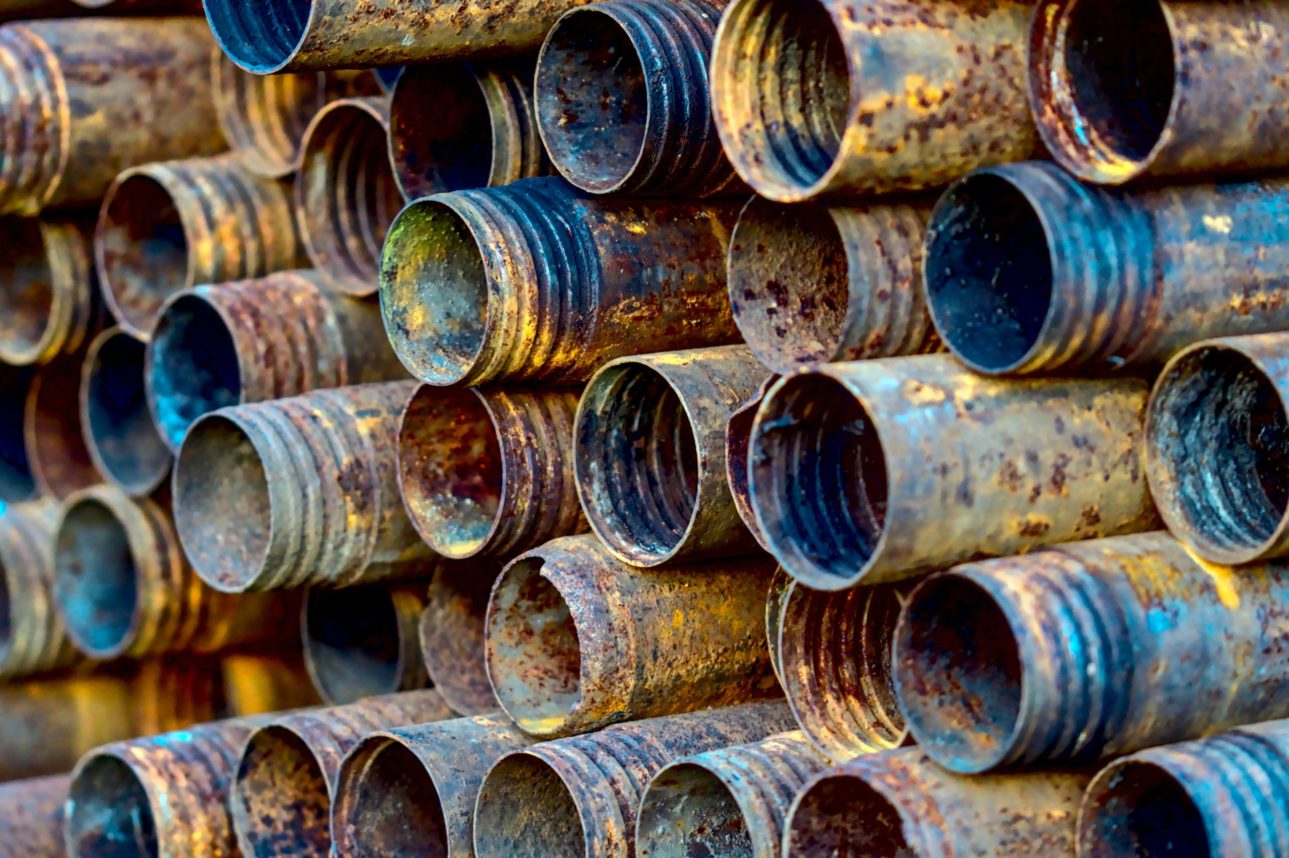Effects of corrosion on pipes could pose a severe problem for you and others nearby the damaged pipes. For instance, pipe corrosion within a hotel could cause a disastrous spill that would destroy visitors’ possessions and property and force them to leave. You can use this scenario in various commercial and industrial settings, which is why pipe maintenance is crucial.
At LPS, we provide you with all kinds of pipeline corrosion solutions. Our special products Flexsleeve and joint lock ring are the best and most affordable way to treat internal pipeline corrosion. Moreover, you can find pipeline coating services also. We know that the pipeline system is very important for every firm and house, that’s why we properly treat your problem.
What is Pipeline Corrosion?
It occurs when the pipeline’s metal reacts with substances like water and soil. Over time, it will inevitably start to rust, which will cause corrosion.
What Is The Cause Of Pipeline Corrosion?
Any of the following factors might induce corrosion in pipes:
- The pH of the water
- The heat of the water
- Specific water minerals (i.e., high levels of calcium)
- Water with too much or too little oxygen
- The speed at which water moves through pipes
- Direct sunlight exposure
- Subsurface dirt and detritus Installation problems
- High-carbon settings (i.e., synthesis gas which causes metal dusting)
- Pipeline impurities (such as dirty gas, particulates, or liquids).
How a Pipeline is Affected by Corrosion?
Any corrosion that develops on a pipeline must be addressed as soon as possible because, if handled, corrosion can weaken your channel and perhaps cause it to fail. Additionally, treating corrosion as it develops is far simpler than working to prevent it rather than attempting to fix a damaged pipeline. Your pipes will corrode more quickly if the pH of your water is less than seven. If you haven’t already, check the pH levels of your water to discover if your pipes might be at risk.
Let’s see corrosion effects one by one:
1. PH Level
Your pipes may deteriorate if the dissolved oxygen concentration is too high. The Water becomes more oxygenated if it has low pH. Because of its acidity and high oxygen content, it strikes your pipes twice.
2. Oxygen level
Corrosion might develop as a result of the minerals in your water. Salt and calcium can increase influence corrosion in pipeline systems.
3. Chemical Makeup
Different chemicals such as oxygen, water and hydrogen in one pipeline system can cause internal pipeline corrosion.
4. Temperature
Your water’s temperature has the potential to hasten the corrosion process. The pipe will corrode more quickly with hotter water.
5. Velocity
Corrosion can also bring on by high water velocity relative to your pipe size. When water circulates at a high temperature it can go worse.
6. Pipes Repairs
There are many ways to fix pipes, from using temporary clamps to replacing entire piping networks. Denial of a corrosion issue frequently leads to multiple or staged repairs carried out over the years, squandering valuable time that could have been used to address the problem and prevent far worse corrosion damage.
All too frequently, one or more specific failures are resolved without further research into the underlying reason by allowing a high corrosion condition to persist undoubtedly in contrast to physically obvious indicators like thread leaks and high rust deposits, such as corrosion coupons’ unwavering reliance on favorable but frequently inaccurate corrosion rate data results in a much more extensive repair problem once the actual corrosion problem is finally identified.
7. Copper Pipes Corrosion
Rarely do copper pipes with high corrosion losses fail. Contrary to widespread assumption, copper is not impervious to corrosion’s effects. Corrosion conditions that cause significant corrosion losses in steel pipes and may even result in a corrosion rate that is ten times higher than usual will also cause considerable corrosion losses in copper components.
Although an HVAC piping system should have a 0.3 MPY corrosion rate against copper, significant corrosion rates of 3–4 MPY have been observed. Most failures in copper piping systems are caused by particular circumstances or occurrences, such as acidic and low pH water, galvanic activity with poor grounding or stray voltage, or high steel corrosion activity that causes iron oxide to migrate into the copper.
8. Steel-To-Steel Electrolysis
Several cases of highly, pipe failures include microvolt variations in ground potential between the building’s pipes and structural steel. Direct metal-to-metal contact and steel piping hangers are where this typically happens.
Ultrasonic testing farther away from the area of failure will frequently reveal much less and even regular corrosion activity, necessitating compassionate electrical tools to give a positive diagnosis.
Despite the rarity of this type of electrolysis, we believe it is prudent to insulate metal-to-metal contact, particularly in areas where steel tubing is exposed to moisture, cooling tower overspray, and other environmental factors.
9. Cooling Tower And Exchanger Corrosion
Typically, the cooling tower is where a corrosion issue is first noticed. The rust deposits represent the pipe wall that was initially a part of the circulating system at the pans. The white deposits near the tower fill characterise a potential scaling situation.
Another sign is that corrosion activity is high and chemical water treatment is inadequate and murky water. In addition to obstructing operations, algae and other organic growths hasten many other corrosion processes and encourage corrosion influenced by microbes.
Conclusion
Many factors can cause pipeline corrosion and they can badly affect the entire pipeline system. We’ve discussed all the causes and effects of corrosion on pipes in this article. We hope next time you face the same problem this content will help you out. Moreover, our team is here to serve you, if you have any inquiries you can reach us at our official website.





